Economic integration with the rest of the world has eluded the Middle East and North Africa (MENA) region. It accounts for 5.5 percent of the world’s population and 3.9 percent of global GDP. Yet, its share of non-oil world trade is 1.8 percent, rising to 6.2 percent when oil is included. The nature of the oil sector—with its uneven distribution—and broader protectionist policies preclude the higher growth and productive employment enjoyed by countries with liberal trade and investment regimes—especially those in East Asia.
MENA has made several attempts at integrating within the region. To coordinate cooperation among Arab states, the Arab League was established in 1945, predating the independence of most of its 22 members. In 1997 the Arab League put forward the Pan-Arab Free Trade Agreement (PAFTA), also known as GAFTA—agreeing in 2001 to eliminate most tariffs by 2005. Some success was achieved: Trade among members rose by 20 percent between 1998 and 2012 but with little significant impact on regional economies.
Subregional pacts have also had a mixed record. The Maghreb Arab Union (1989) of five North African countries has remained ineffective—largely due to Algerian-Moroccan tensions. The Agadir Agreement for a free trade area by 2007 between Egypt, Jordan, Morocco, and Tunisia—later including Lebanon and Palestine—and an agreement with the European Union have also disappointed. The Gulf Cooperation Council (GCC) was the most successful with a customs union and a common electricity grid but it failed on harmonizing taxation and establishing a common currency. Currently, with Bahrain, Saudi Arabia, and the United Arab Emirates imposing a blockade on Qatar, it is inevitably weakened. There are also numerous bilateral agreements between individual Arab countries and the EU, the United States, and Turkey as well as others and with each other.
What has gone wrong? Shanta Devarajan, a former chief economist for the World Bank’s MENA region, notes that the benefits of regional integration may have been oversold. He states that “most [studies] have focused on trade integration—the benefits for countries in (one region) … from trading with each other.” Yet “trade integration has both an upside of trade creation—the fact that the countries trade more—and a downside of trade diversion—countries trade within the trading bloc whereas it would be more efficient to trade with the rest of the world.” The big gains would be in integrating more with Europe or the U.S., not each other. Many countries have tried to pursue both paths but again with limited success.
Economic arguments aside, politics have played a decisive role in this disappointing track record. Some have blamed outside interference to prevent integration. Other factors are less ambiguous, including the cold war divides and wars with Israel. Current conflicts in Iraq, Libya, Syria, and Yemen followed on from the anti-colonial struggles of the 1950s; the Yemen civil war of the 1960s; conflicts in western Sahara; civil wars in Algeria, Lebanon, and Yemen (again); the Iran-Iraq war; U.S.-led wars against Iraq; and others of varying intensities. Each conflict divided the region, diverting focus away from the economy and effective regional solutions.
There are also challenges beyond conflicts. Average tariffs across the region have come down, but remain high compared to East Asia, the Americas, and Europe. High non-tariff measures pose even more significant barriers. MENA remains one of the most restrictive regions in services trade, globally the fastest growing segment. High transport costs and technical barriers also impede progress, and, despite advances in the Gulf and elsewhere, logistics lag, especially when it comes to decreasing the cost of cross-border trading. Further challenges are lack of common standards and red tape. Overlaying these are often protectionist, inward-looking economies, with public and private sector incumbents safeguarding “their” markets—precluding greater market contestability, which is key to opening up to the outside.
So, moving forward on regional economic integration seems a daunting challenge. Yet the idea remains compelling, and efforts continue. In March 2019, the Arab Monetary Fund held a conference on regional financial integration, and, in February 2019, the IMF published the report “Economic Integration in the Maghreb: An Unexploited Source of Growth.” There are other efforts as well. The promise of economic gains and the many pan-Arab institutions ensures that regional integration will be on the agenda for the foreseeable future.
Indeed, there are areas for forward movement, almost all building on previous or ongoing work. Power connectivity is a promising avenue for further linkages, as are joint efforts on the critical issues of water and climate change. Harmonization of educational systems and standards ranging from services to goods are part of ongoing work. Emerging areas include regulating digital technologies and the new economy, including its taxation. Work on freeing up labor markets beckons. There are low hanging fruits dependent on political decisions, for example, allowing private firms to continue trade regardless of political tensions. This is possible: Despite sharp political disagreements, Israel and Turkey maintain vigorous trade as do Egypt and Turkey.
There are other opportunities as well. Cross-country production and the growing impact of global value chains can mitigate the diversion usually associated with regional trade agreements. But for this to happen, the low tariffs and open economies associated with global value chains need to be in place. There are also possibilities of closer integration with other regions and many in MENA are eyeing sub-Saharan Africa.
That the idea of regional integration endures is a testament to the region’s deep-seated belief that many different countries and groups can come together around common economic goals and benefits.
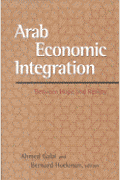
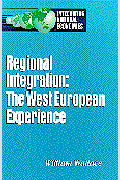
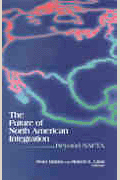

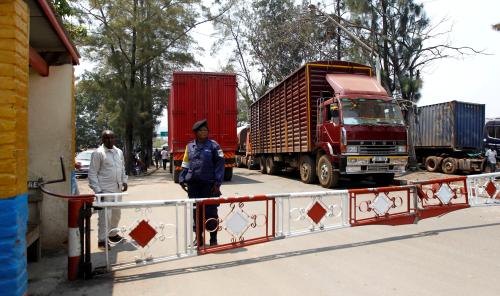

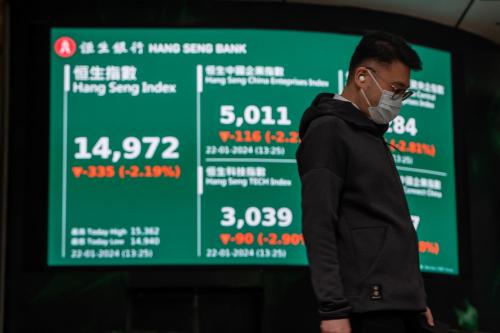

Commentary
MENA’s economic integration in an era of fragmentation
May 7, 2019